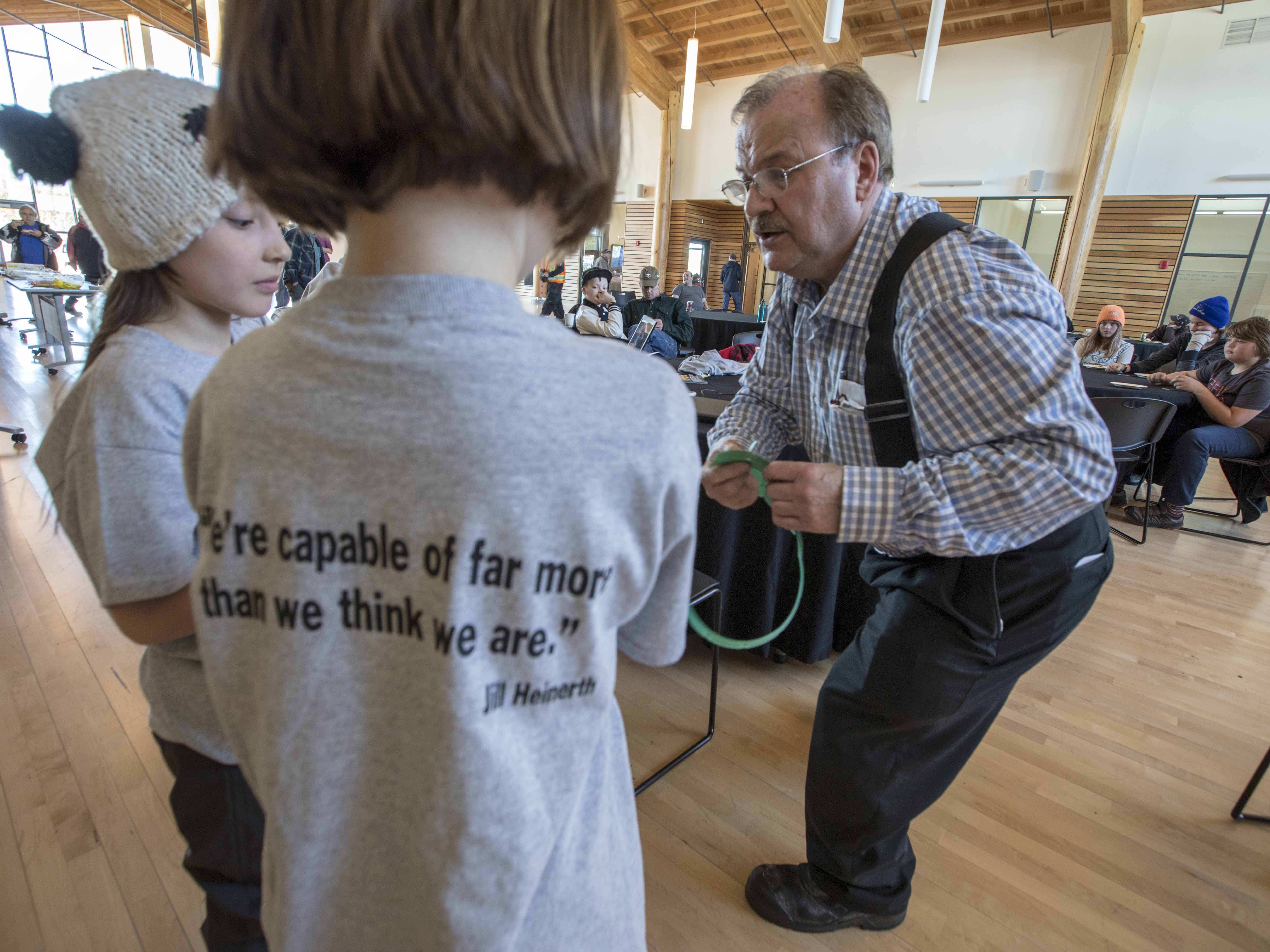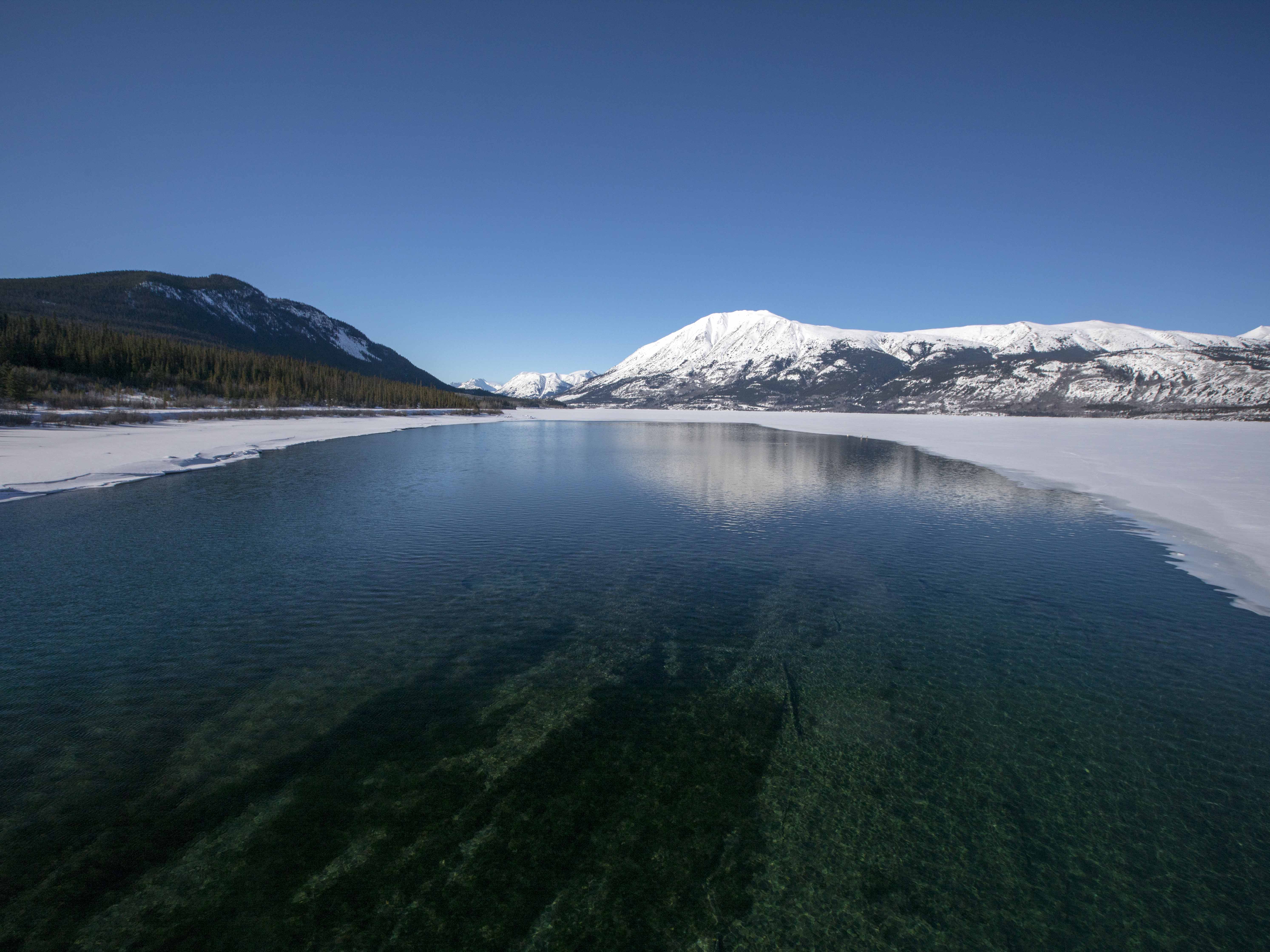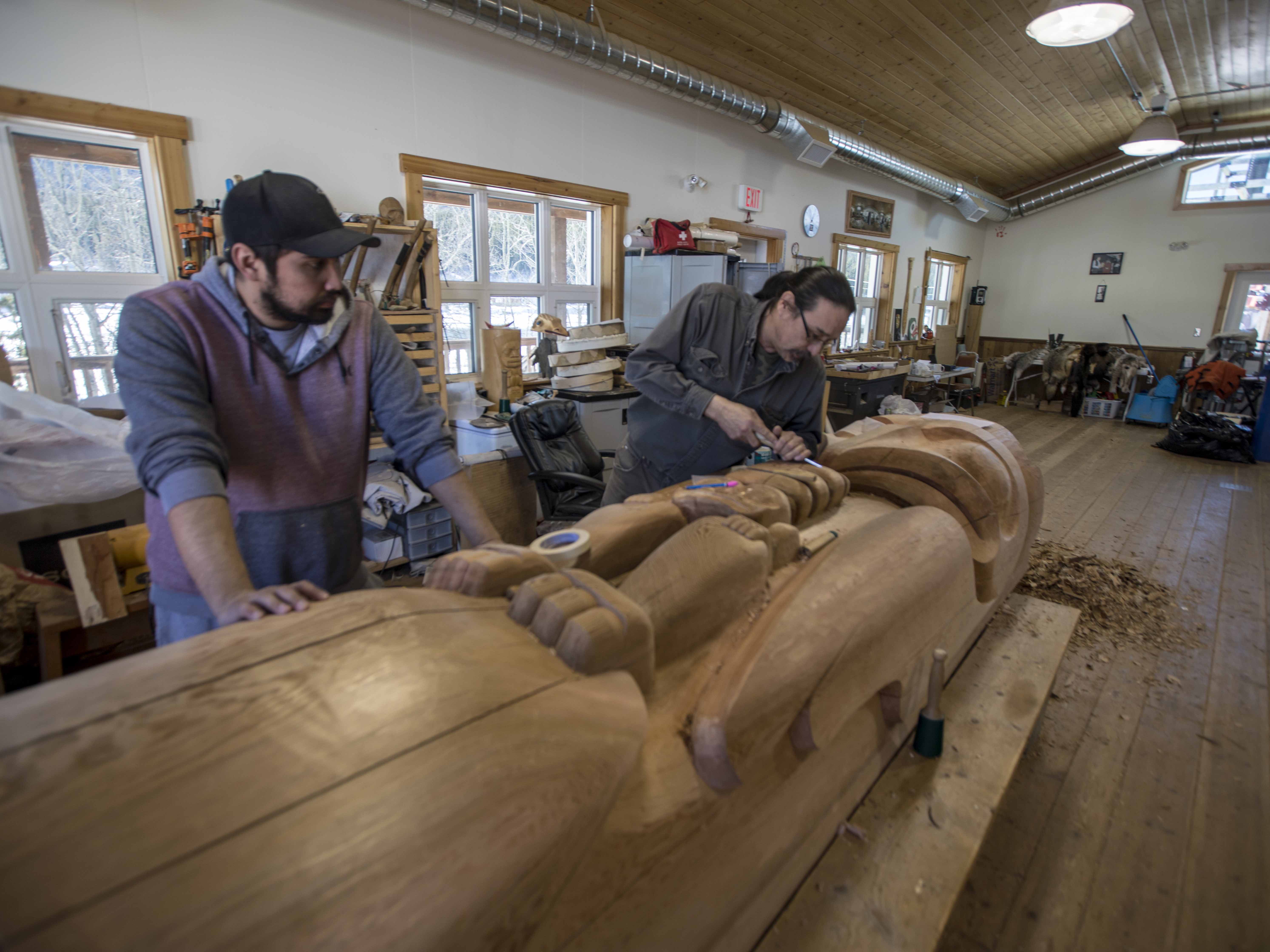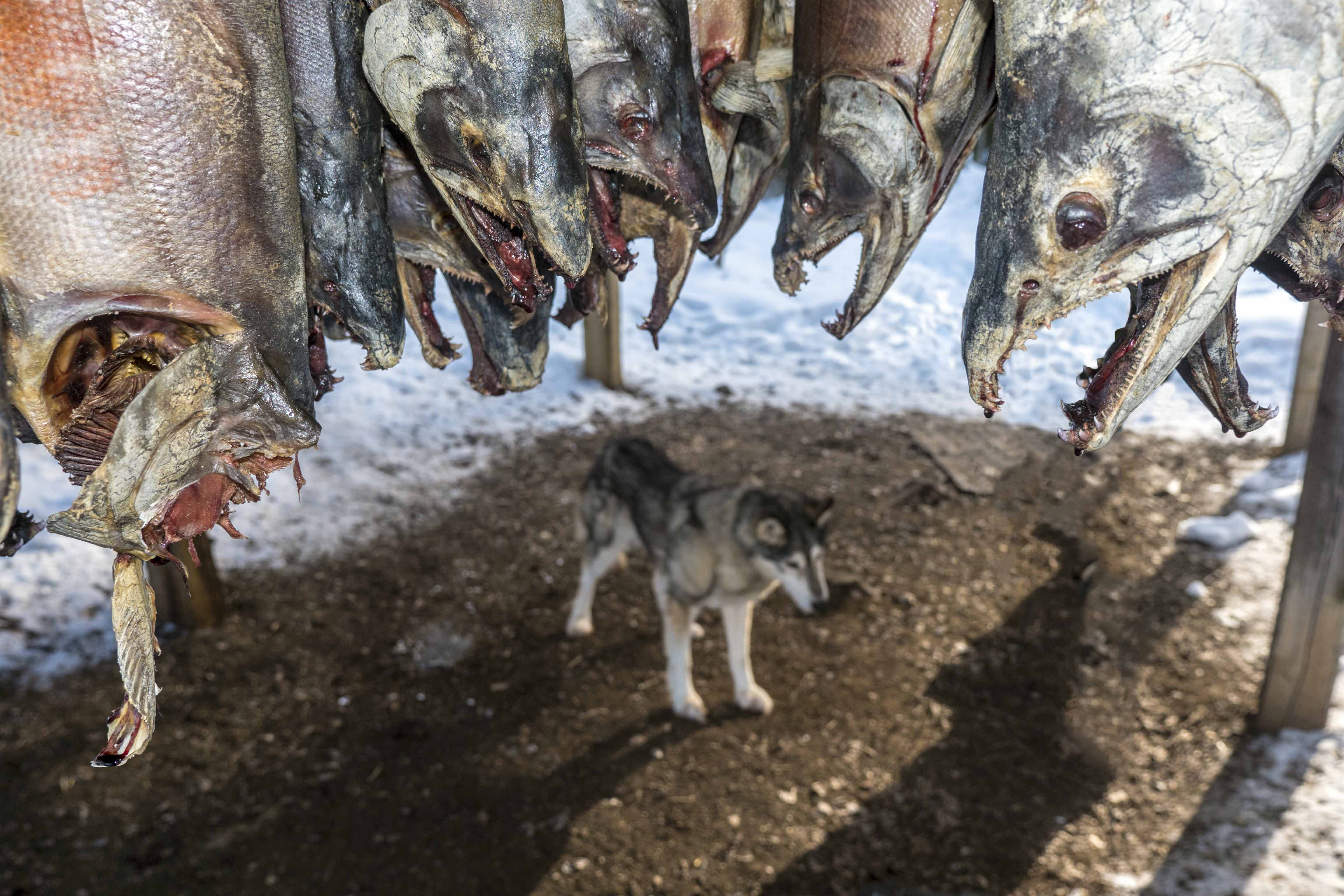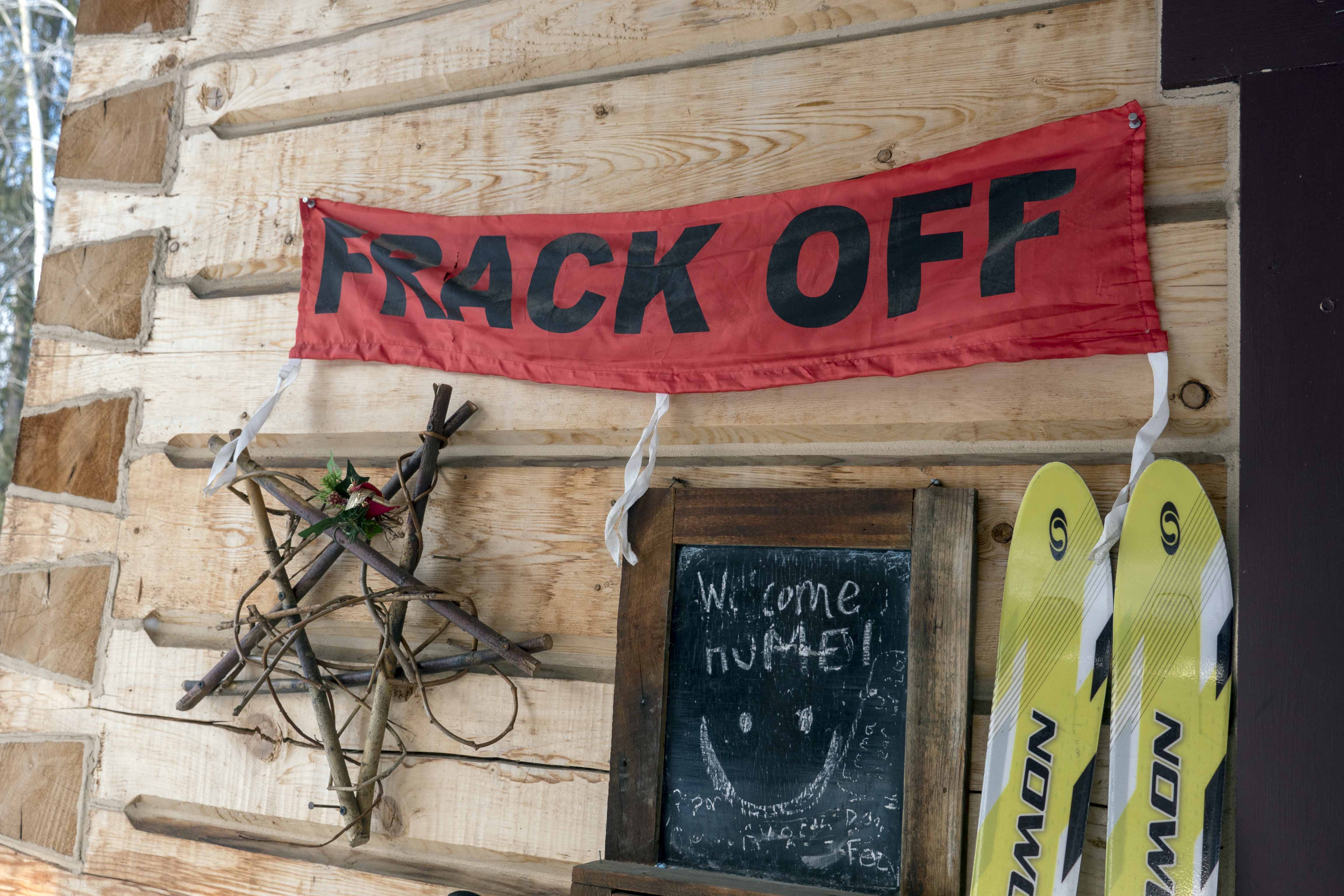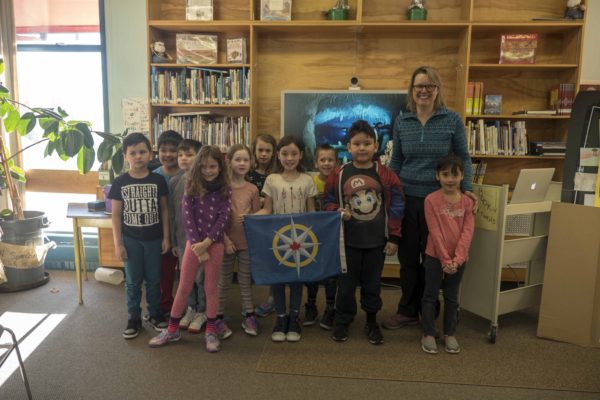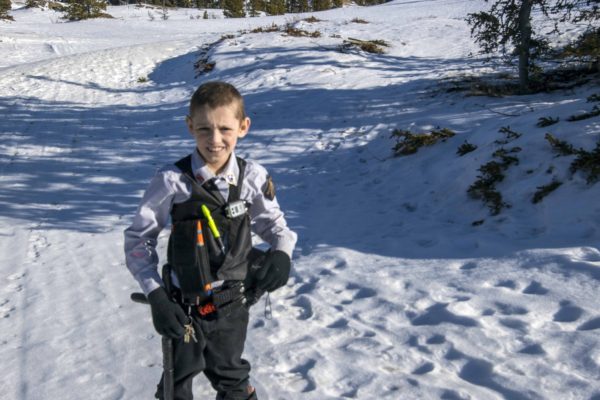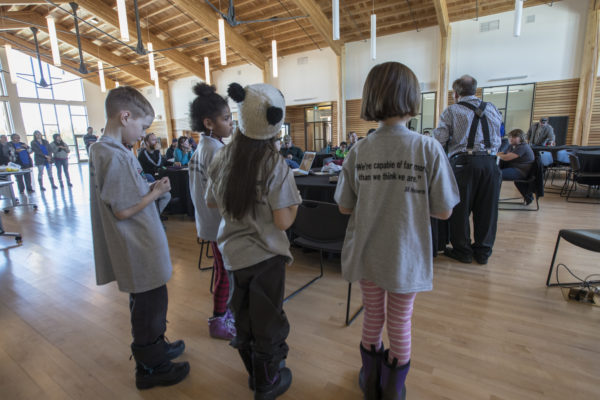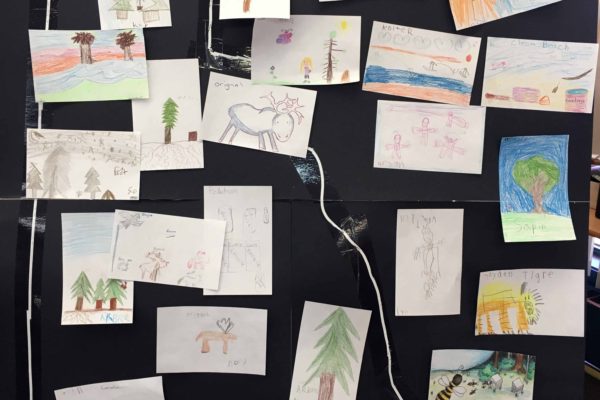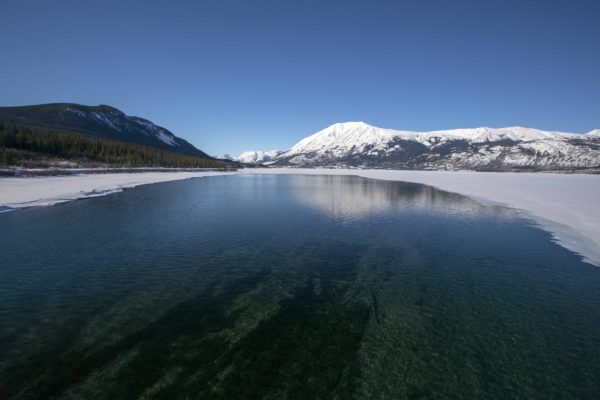“There’s a land where the mountains are nameless, And the rivers all run God knows where…” – ROBERT W. SERVICE, THE SPELL OF THE YUKON
The Yukon Territory, like much of the rest of Canada, can boast abundant water resources, in six major watersheds: the Alsek, Yukon, Porcupine, Peel, Liard and North Slope. Wetlands, marshes, groundwater aquifers, rivers, lakes, permafrost, and nearly 1400 glaciers cover the landscape. Most of the water in the Yukon originates there and flows outward. What happens in Yukon affects others, but outside influences other than global climate change, do not flow into the territory for the most part.
As I learned in the Carcross First Nations region, water and lakes have important spiritual and cultural importance for the local people. Traditional uses of water and water rights are protected in the Yukon First Nations Final Agreements. Communities are located on important waterways and transport routes and the historic and future prosperity of people depend on access to and protection of these bodies of water.
To this end, the Yukon government partnered in developing the Yukon Water Strategy and Action Plan with the Yukon First Nation governments, transboundary First Nations, Yukon government agencies, the federal government, other provincial and territorial governments, municipalities and communities, boards and councils, non-government organizations, water researchers and consultants, the business community and individuals. The strategy paper was intended to plan for future water use and needs in the context of climate change. The document looks at population growth, agriculture, water management, infrastructure, consumptive use and land use policy. It takes the approach of understanding that water is a shared gift and not a commodity.
The Yukon Water Strategy and Action Plan describes how the Yukon government will:
• Develop a set of principles for making decisions affecting water resources;
• Improve water research and understanding of local resources;
• Improve access to safe and affordable drinking water;
• Promote sustainability;
• Improve outreach and education about water resources;
• Improve collaboration with First Nation’s stakeholders and other government organizations
- Plan for climate change.
The City of Whitehorse, where a majority of the population is concentrated, has an aggressive biweekly drinking testing program from over 20 sites. The drinking water quality is considered excellent. But even with good management of municipal supplies, we need to look at aging infrastructure for developing issues as this CBC story revealed.
Discovering elevated lead levels in the drinking water fountains of numerous Yukon schools, the government realized that over 140 fixtures and lead pipes needed to be replaced with more modern and safer alternatives. Safeguarding our drinking water starts at the source, continues through treatment and must be assured in pathways for delivery.
While visiting Carcross, I had an opportunity to walk along the shoreline of Bennett Lake with the local Chief who explained their creation stories and described the importance of the lake to his people. I was pleased to have the chance to learn about local water challenges after offering my presentation, “We Are Water,” at the Dänojà Zho Cultural Centre in town. We gifted each child with one of my books and a local citizen, Keith Seboyer, provided endless prizes and gifts for the young people. He ensured that I had an opportunity to see local sites, visiting remarkable artists in a carving shed and a young man, who while dressed in his RCMP costume, provided me with tour of the world’s smallest desert.
